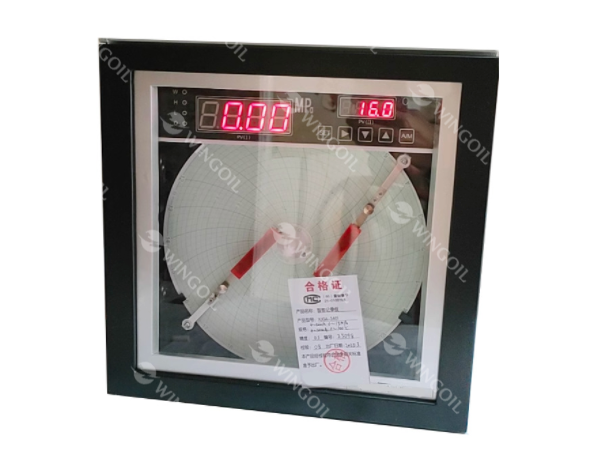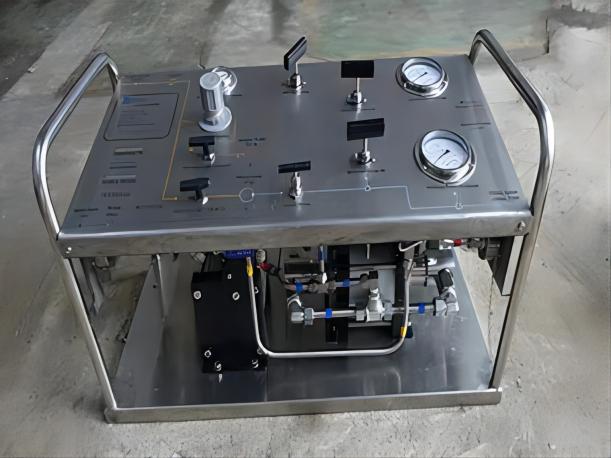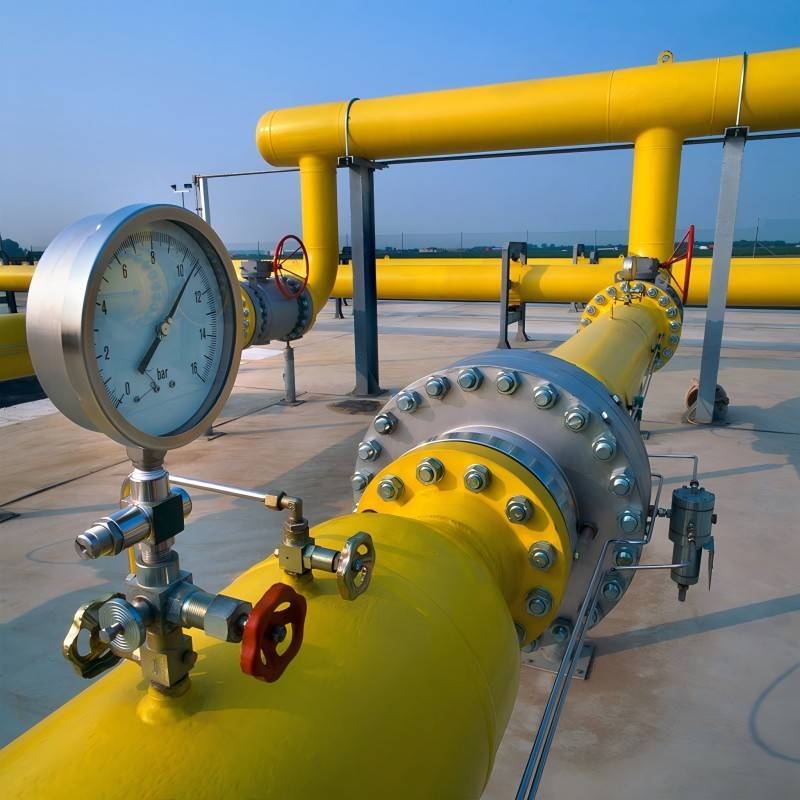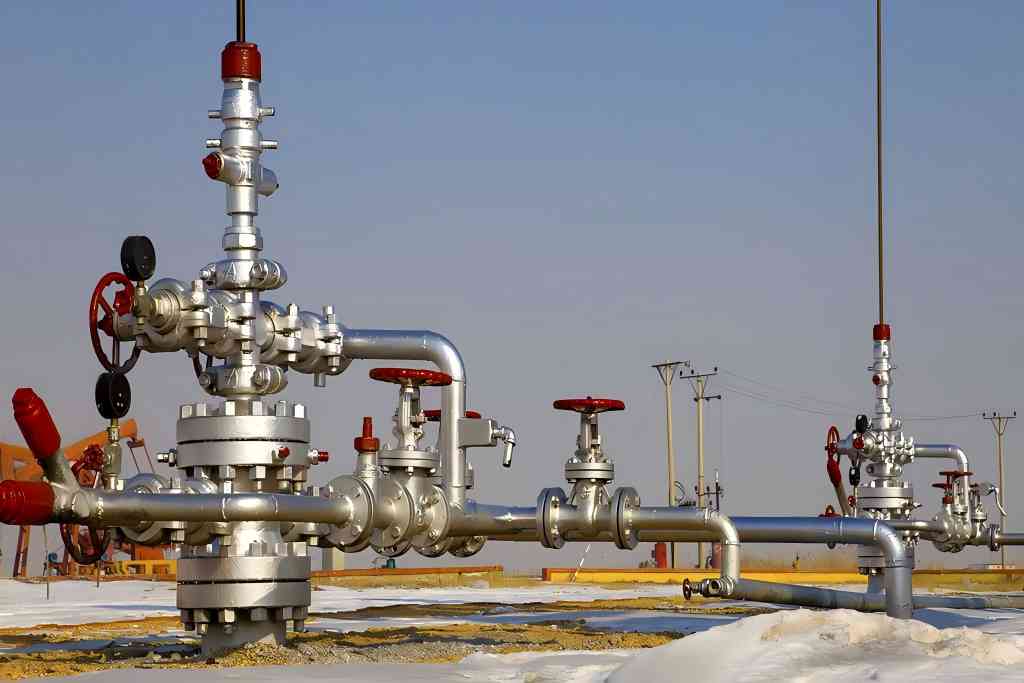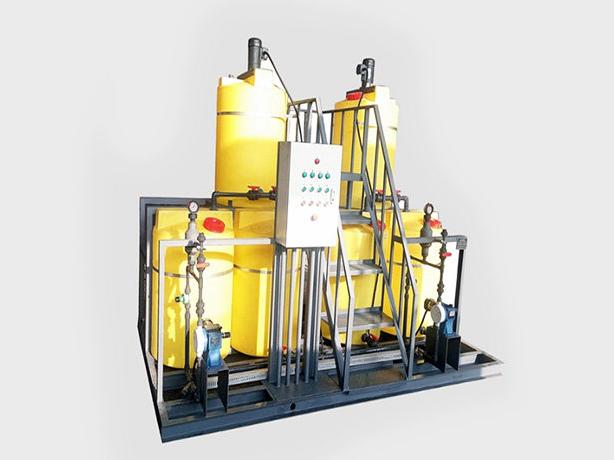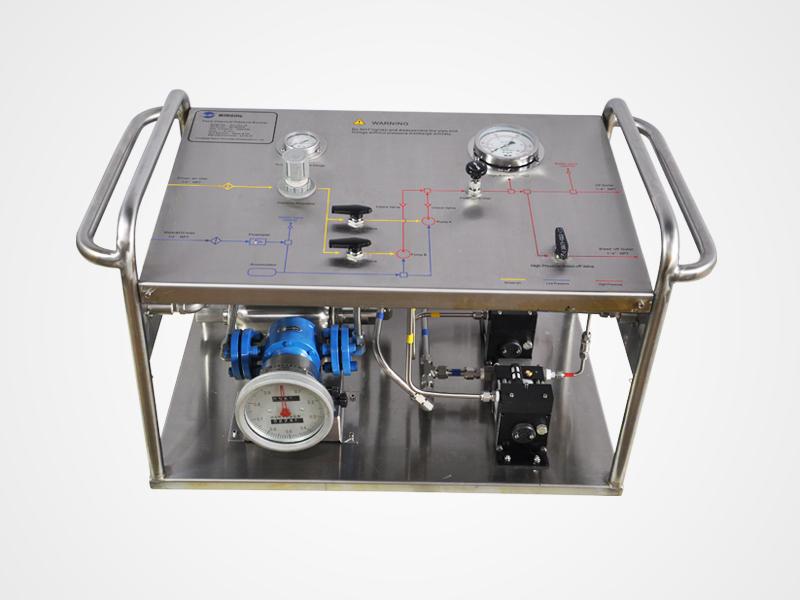Hydrostatic Pressure Test Pump: Common Malfunctions and Solutions
Hydrostatic pressure test pumps are essential tools used in various industries, including construction, oil and gas, plumbing, and manufacturing. These pumps are designed to pressurize a system (such as pipes, pressure vessels, or tanks) with water to detect leaks or to test the structural integrity of the equipment. Ensuring that a pipeline or pressure system can withstand the intended operational pressure is vital for safety and reliability. However, like any complex mechanical equipment, hydrostatic pressure test pumps can sometimes encounter problems that prevent them from functioning correctly.
In this article, we will explore the common malfunctions that can occur in a hydrostatic pressure test pump, their potential causes, and the steps required to fix these issues. Understanding these malfunctions is crucial for anyone using or maintaining such pumps, as early detection and proper troubleshooting can prevent more significant issues down the line.
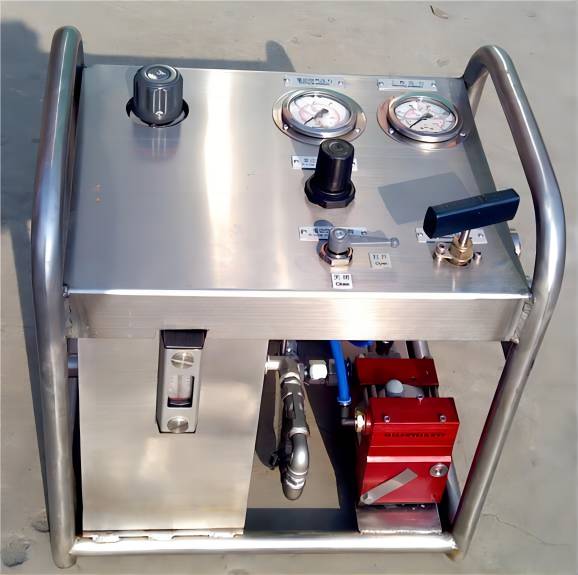
Common Malfunctions and Causes of Hydrostatic Pressure Test Pumps
Despite their robust design, hydrostatic pressure test pumps can experience malfunctions that impact their performance. These malfunctions can stem from issues in the pump’s mechanics, blockages in the flow system, or improper usage. Proper diagnosis and timely repair are essential for ensuring the longevity of the pump and the safety of the system being tested.
1. Pump Not Discharging Water
Causes: One of the most common issues that users face is the pump failing to discharge water. This problem can arise due to several factors:
- The intake or outlet valves are not fully opened.
- The inlet or outlet pipes are blocked by debris.
- The impeller or flow channels inside the pump are clogged.
- The motor is not running in the correct direction.
- The motor lacks sufficient power due to phase failure.
- The pump chamber has air pockets, or the pump hasn’t been properly primed.
- There is a leak in the suction pipe, causing air to be sucked into the pump.
Solutions: To resolve this issue, several steps can be taken:
- Check that all valves are fully open and inspect both the inlet and outlet pipes for any obstructions.
- Clear any debris that may be blocking the flow paths or the impeller inside the pump.
- Ensure that the motor is rotating in the correct direction and that it is receiving adequate power. If the motor is running slowly or in reverse, adjust the wiring or contact an electrician.
- Prime the pump by filling it with water to remove any air pockets that may be causing cavitation.
- Tighten any loose connections in the suction line and inspect for air leaks. If any are found, apply a suitable sealant or replace the faulty part.
2. Insufficient Water Flow
Causes: Another common problem is a reduction in water flow, which can compromise the test’s accuracy. This may be caused by:
- Partial blockages in the pipes or the pump’s internal components.
- Scale buildup or sediment restricting water flow.
- The valve controlling the flow is not fully open.
- Low voltage affects the pump’s power output.
- Wear and tear on the impeller or plunger, reducing their effectiveness.
Solutions: To address insufficient water flow:
- Inspect and clean any blockages in the piping and internal channels of the pump.
- Check for and remove scale buildup or sediment.
- Fully open any partially closed valves to maximize water flow.
- Stabilize the electrical power supply to ensure the pump is running at full efficiency.
- If the impeller or plunger is worn, replace them to restore optimal flow.
3. Excessive Power Consumption
Causes: Sometimes, the pump may draw more power than expected, leading to inefficiency and potential damage. Common causes include:
- The pump is being operated at a flow rate higher than its rated capacity.
- The suction lift is too high, placing additional strain on the pump.
- The bearings inside the pump are worn, increasing friction and energy consumption.
Solutions: To reduce power consumption:
- Adjust the flow rate by closing the outlet valve slightly to ensure the pump operates within its rated capacity.
- Reduce the suction lift by lowering the pump’s intake level.
- Inspect and replace any worn bearings to ensure smooth operation.
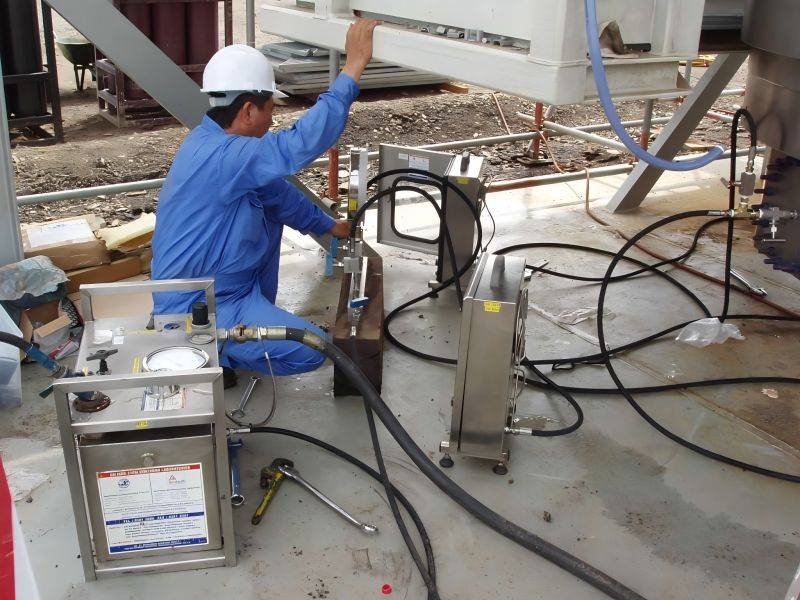
4. Noise and Vibration
Causes: Excessive noise and vibration are clear signs of a mechanical issue within the pump. The most likely causes are:
- Unstable or improperly supported pipes.
- Air pockets within the liquid being pumped.
- Damaged bearings causing uneven rotation.
- The motor is overloaded and overheating.
Solutions:
- Stabilize the piping system to prevent vibrations from traveling through the entire setup.
- Increase the suction pressure or purge the pump to remove any trapped air.
- Replace any worn or damaged bearings.
- Reduce the system’s load or replace the motor with a more suitable unit.
5. Motor Overheating
Causes: Motor overheating can occur for several reasons:
- Excessive flow rates placing too much strain on the motor.
- Operating the pump under a constant heavy load.
- Worn motor bearings causing additional friction.
- Low voltage leading to inefficient motor operation.
Solutions: To prevent motor overheating:
- Reduce the flow rate by adjusting the outlet valve.
- Decrease the load on the motor by adjusting the system settings.
- Replace worn bearings to improve motor efficiency.
- Ensure the electrical supply is stable and within the required voltage range.
6. Water Leaks
Causes: Leaks in a hydrostatic pressure test pump can reduce performance and potentially damage the system being tested. Common causes of water leaks include:
- Worn mechanical seals.
- Cracks in the pump body.
- Uneven sealing surfaces between components.
Solutions: To fix leaks:
- Replace any worn mechanical seals.
- Repair or replace a cracked pump body.
- Ensure that all sealing surfaces are smooth and properly aligned before reassembling the pump.
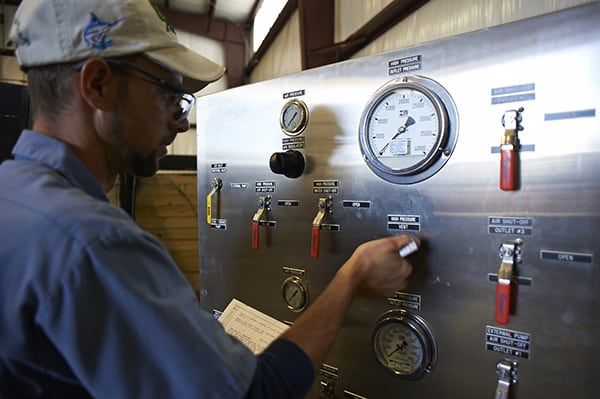
7. Inability to Draw Water (Cavitation)
Causes: If the pump fails to draw water, cavitation may be the issue, which is often caused by:
- Air trapped in the pipes or pump chamber.
- The foot valve is not closing properly.
Solutions: To solve cavitation problems:
- Ensure the pump is completely filled with water and that all air has been expelled.
- Check the foot valve for proper function and replace it if necessary.
8. Excessive Vibration and Noise
Causes: Severe vibration or noise often indicates misalignment or improper installation. Causes include:
- The pump is not securely mounted, or the installation height is too high.
- The pump shaft is bent or misaligned with the motor shaft.
Solutions:
- Securely mount the pump and reduce the installation height.
- Realign or replace the pump shaft and motor shaft to ensure proper operation.
9. High Power Consumption
Causes: Excessive power consumption can result from a range of mechanical or electrical issues, such as:
- The pump is running at too high of a speed.
- The pump shaft is bent or misaligned.
Solutions:
- Lower the pump speed by adjusting system settings.
- Inspect the pump shaft for misalignment and correct it if necessary.
10. Transmission Shaft or Motor Bearings Overheating
Causes: If the transmission shaft or motor bearings overheat, it’s likely due to:
- Lack of lubrication.
- Bearing damage or wear.
Solutions:
- Add sufficient lubricant to the bearings.
- Replace any damaged bearings to prevent further overheating.
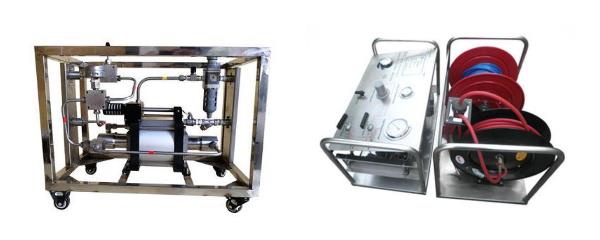
Troubleshooting and Maintenance Tips
To avoid many of these malfunctions, regular maintenance is critical. Routine inspections, lubrication of moving parts, and cleaning out debris or sediment can prevent many of the issues mentioned above. Additionally, ensuring that the pump is operated within its recommended parameters will go a long way toward avoiding excessive wear and tear.
When diagnosing problems, always start by checking external factors like power supply, valve settings, and visible blockages before moving on to more complex internal issues. It’s essential to approach troubleshooting methodically and avoid jumping to conclusions.
In short, hydrostatic pressure test pumps are invaluable tools for ensuring the integrity of pressure systems. However, they can be prone to a range of malfunctions if not properly maintained. By understanding the common issues—such as failure to discharge water, insufficient flow, overheating, and excessive vibration—users can effectively troubleshoot and address problems, ensuring the pump continues to function efficiently.

